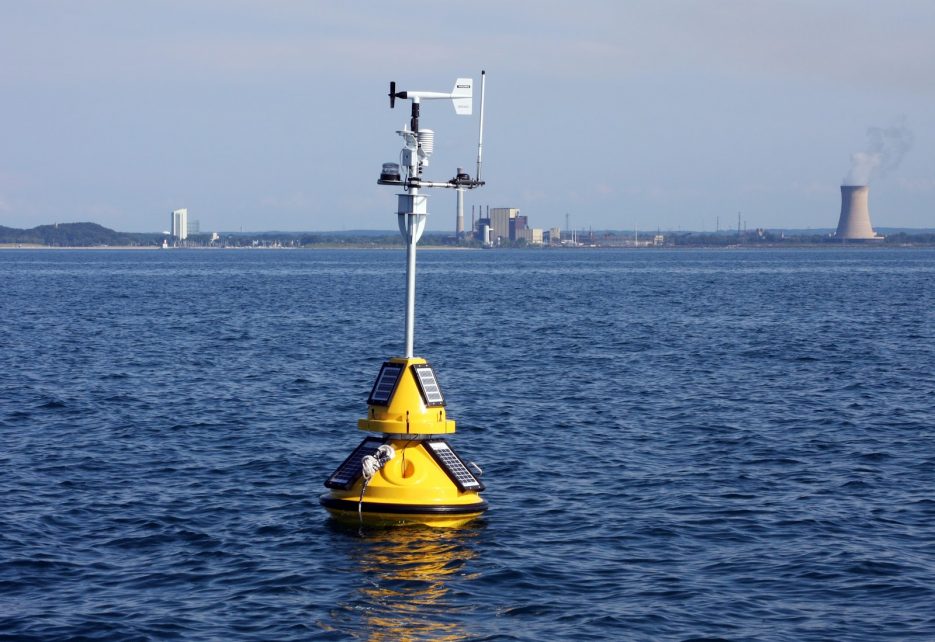
About Newsroom

Recent News
- IISG’s Eliana Brown wins 2025 Illinois Extension Excellence Award
- We’re hiring eight interns for summer 2026
- In 2026, IISG intends to fund 10 research projects focused on coastal concerns
- IISG looks back on 30 years of AIS outreach
- New step-by-step guide and veterinary brochures expand UnwantedMeds.org resources
IISG Instagram
This season, let’s teach eco-friendly habits while spreading cheer! NOAA’s Greener Holiday Gift Guide is full of ideas to reduce waste and protect our precious water resources.
Check out the full guide at the link in bio.
#teachingtuesday
NOAA Marine Debris
NOAA Education

The gales of November may come early, but, as usual, the nominations for the Lakies are right on time along with our official call for nominations!
Brought to you by the Teach Me About the Great Lakes podcast, The Lakies (aka "quite possibly not the least prestigious Great Lakes-focused awards ceremony there is”) are back.
Our goal isn`t to be the Official Arbiters of Quality, but to host a fun celebration of amazing Great Lakes-related research, outreach, and communication in the inimitable Teach Me style.
Nomination categories are:
-Great Lakes Science Communication of the Year
-Great Lakes Outreach Program of the Year
-Great Lakes News Event of the Year
-Great Lakes Research Finding of the Year
-Coolest Thing You Learned Listening to TMATGL in 2025
-Science Podcast of the Year (Non-TMATGL edition)
-Great Lakes Animal of the Year
-Great Lakes Non-Animal of the Year
-Great Lakes Sandwich of the Year
-Great Lakes Donut of the Year
The Details:
-Deadline: Nominations close on December 4th.
Process: It`s easy (just enter the name/title and a link).
-Self-Nominations: Highly encouraged. Don`t be shy.
We’d love to get a broad swath of work across both the serious and less-serious categories to celebrate. Feel free to pass the link on to interested people: https://bit.ly/Lakies25

Making Sense of Social Media: Presented by Illinois-Indiana Sea Grant & Purdue Extension
When: December 6, 2025, from 1 - 4:00 PM EST
Where: RDM Shrimp, RDM Shrimp, 101 N 850 E, Fowler, IN 47944
Registration Link in bio.
Social media can be a great way to market your small business and products, but sometimes it might feel like you are casting a net again and again to find that your net is empty. After all, the point of using social media marketing is to connect with customers. By attending this workshop, you will:
-Hear Research Findings
-Participate in an Interactive Workshop Session
-Learn Real World Application
-Tour a Shrimp Farm
-Network at the “After Hour Social”
This program is supported by the North Central Regional Aquaculture Center and put on in partnership with the Indiana Aquaculture Association Inc, RDM Shrimp, and Ohio Sea Grant, The Ohio State University.
For questions contact Amy Shambach by email (ashambac@purdue.edu) or phone (317-238-0511)

This fall, our team took advantage of several opportunities to showcase our engaging educational programs at outreach events.
One highlight included the Great Plankton Race, where participants built plankton models and tested various adaptations that help this vital part of the food web survive.

